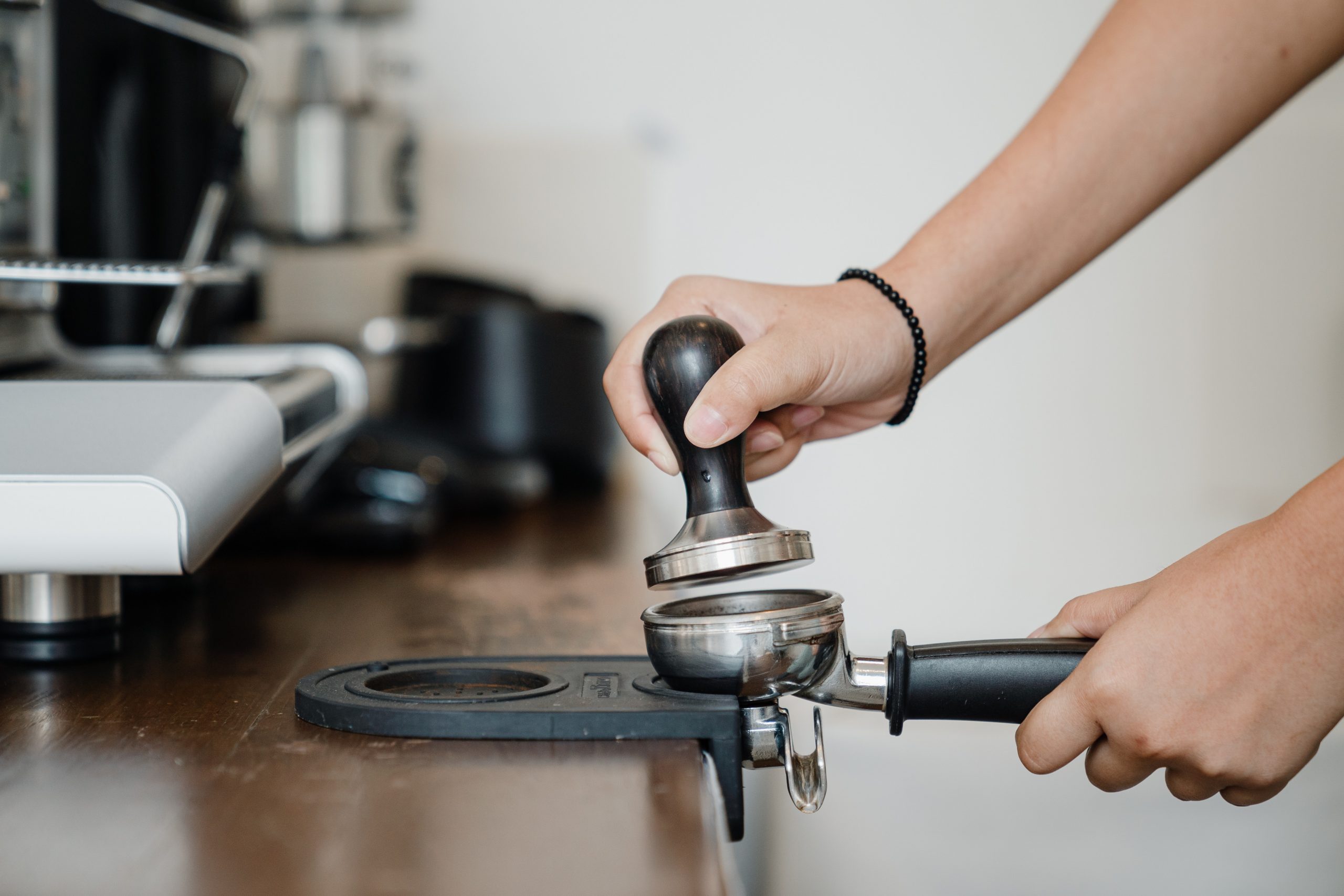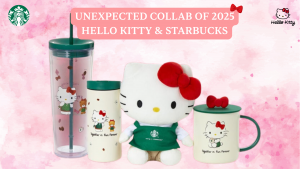
Top 10 Essential Coffee Gear For Coffee Lovers
Top 10 Essential Coffee Gear For Coffee Lovers
- Adam Smith
- 07-07-2022
- 29-07-2025
- 4108 views
- Featured Articles, Information

Essential Coffee Gear: The coffee world has changed a lot in the past decade. You can find coffee shops on every corner, but what about home-brewed coffee? In this digital era, making coffee like a barista is possible in your own kitchen. There are many tools and accessories that will help you make the perfect cup at home—and I’ll tell you all about them right here.
1. Grinder

A grinder is one of the essential coffee gear because it allows you to customize the grind of your beans. The best grinders allow you to use them for different brewing methods, such as espresso and French press. The Baratza Encore Conical Burr Grinder is one such model that can be adjusted with a knob on the front of the machine to produce a fine enough grind for espresso drinks or a coarse one for drip coffee. It also has settings for percolators and French presses.
If you’re looking specifically for an espresso grinder, I recommend De’Longhi KG89 Automatic Burr Mill Grinder—it has 18 different settings, so you can find exactly what works best with your setup and personal preference!
2. Kettle

While you can use a microwave to heat water, it’s best to use a kettle for making coffee. A kettle is a common kitchen appliance that can be used to heat water. It has several features that make it ideal for brewing coffee. For starters, it should be made of stainless steel or glass (never aluminum).
The best kettles have wide bases, so they won’t tip over easily, as well as pour spouts that make adding ground coffee quick and easy. Many kettles have whistles at the top to indicate when the water has reached boiling point.
I recommend opting for COSORI Electric Gooseneck Kettle. It has 5 variable presets for you to choose from, and with the power input of 1200 watts, it quickly heats the water in minutes.
3. Drip Coffee Maker

Drip coffee makers are the most common way to make coffee at home. They’re small, simple, and easy to use. You put the filter in a basket on top of a pot or carafe, add ground coffee into the filter and hot water from your sink or faucet (or pour over boiling water from an electric kettle), and set it up on your kitchen countertop, then wait for it to drip out into your cup.
They’re also super convenient because you can take them with you when camping or traveling; just put them in a thermos or other container with some boiling water from the source you’re near, and let the coffee drip down while enjoying yourself at some beautiful campsite location away from civilization…and voila! You have fresh-brewed coffee right there next to you!
4. Coffee Scale with Timer

A coffee scale is also another essential coffee gear that will help you measure the amount of coffee you use. It’s a great tool to have around when you’re trying to create your own recipe or if you’re just experimenting with different amounts of beans and water.
5. Filters

- Filter paper: The most common type of filter, this is a thin piece of paper that fits into a filter basket or cone. It’s very easy to use, but you’ll have to clean the coffee grounds afterward.
- Gold filters: These are made from stainless steel mesh and can be used with any brew method, including espresso machines and percolators. They’re great for making French press coffee because they allow you to see the amount of sediment in your drink. However, they require special equipment along with some practice on your part before you get good results every time.
- K-cup filters: These plastic cups fit over a single serving cup holder on an automatic drip coffee maker (they’re not compatible with manual machines). They come in several different brands but offer similar performance at a lower price than other options available today. Plus, they’re reusable, so there’s no need for additional purchases! Just throw them away when finished brewing if desired; otherwise, wash thoroughly after each use using dish soap and warm water like any other kitchen item would require (make sure no foreign objects are left inside).
6. Tamper

A tamper is a tool that fits into your portafilter and helps pack the coffee grounds down during extraction. A good tamper helps streamline the water flow through the coffee, resulting in more flavor and less bitterness.
7. Frothers

A frother is a handy little tool that helps you create delicious foamy milk for your coffee or tea. It’s great for making lattes, cappuccinos, and other specialty drinks at home!
Frothing is the process of creating tiny bubbles in the liquid. Adding bubbles to your drink makes it lighter, creamier, and more bubbly—and adds an extra layer of texture to hot beverages like latte or cappuccino.
There are two main types of frother: wand-style (which looks like a wand) and immersion (where you put the base into hot water). Both work well when used correctly; however, they have different pros/cons depending on what kind of person you are.
The wand type allows you to control how much foam has been added and easily adjust the amount by simply turning off or on the steaming button. However, if you live in small spaces and want to save room, these types of cabinets might not be ideal for you. This is because they do not stand upright when connected together without the aid of a stand.
8. Milk Pitcher

While you can use any pitcher, there are a few things to keep in mind when choosing one. First of all, make sure the milk pitcher has a spout. This will allow you to pour the milk more precisely, resulting in less waste and a smoother beverage.You should also look for one that’s dishwasher safe (and easy to clean by hand) because, after all this work, you’re probably not going to want to wash an entire pitcher by hand every time!
9. Espresso Mug

An espresso mug should be able to hold a full shot of espresso. This means it should be between 6 and 8 ounces, depending on the size of your shot (the smaller the shot, the larger the mug you’ll need).
To make sure that you have an appropriate-sized mug for your espressos or cappuccinos, keep this in mind:
1) You want to avoid having too much headspace in your cup.
2) The rim of your cup should not exceed 5 inches when holding water.
3) Your hand shouldn’t touch either side of the cup when gripping it.
10. Knock Box

A knock box is a very simple tool, but it’s one that will be used often. It should be made of stainless steel, large enough for your portafilter to rest on it, and have a good capacity. A coffee maker knock box should have a large capacity so that used coffee grounds do not spill everywhere.
The lid should remain open when the box is knocked over and there should be a handle or lip that you can use to remove grounds. Finally—and this is key—it’s important that the knock box can be easily cleaned after use!
Conclusion
I hope you’ve enjoyed learning about these essential coffee gear. I know that a lot of this information can be overwhelming, but I encourage you to try out these coffee gear!






















